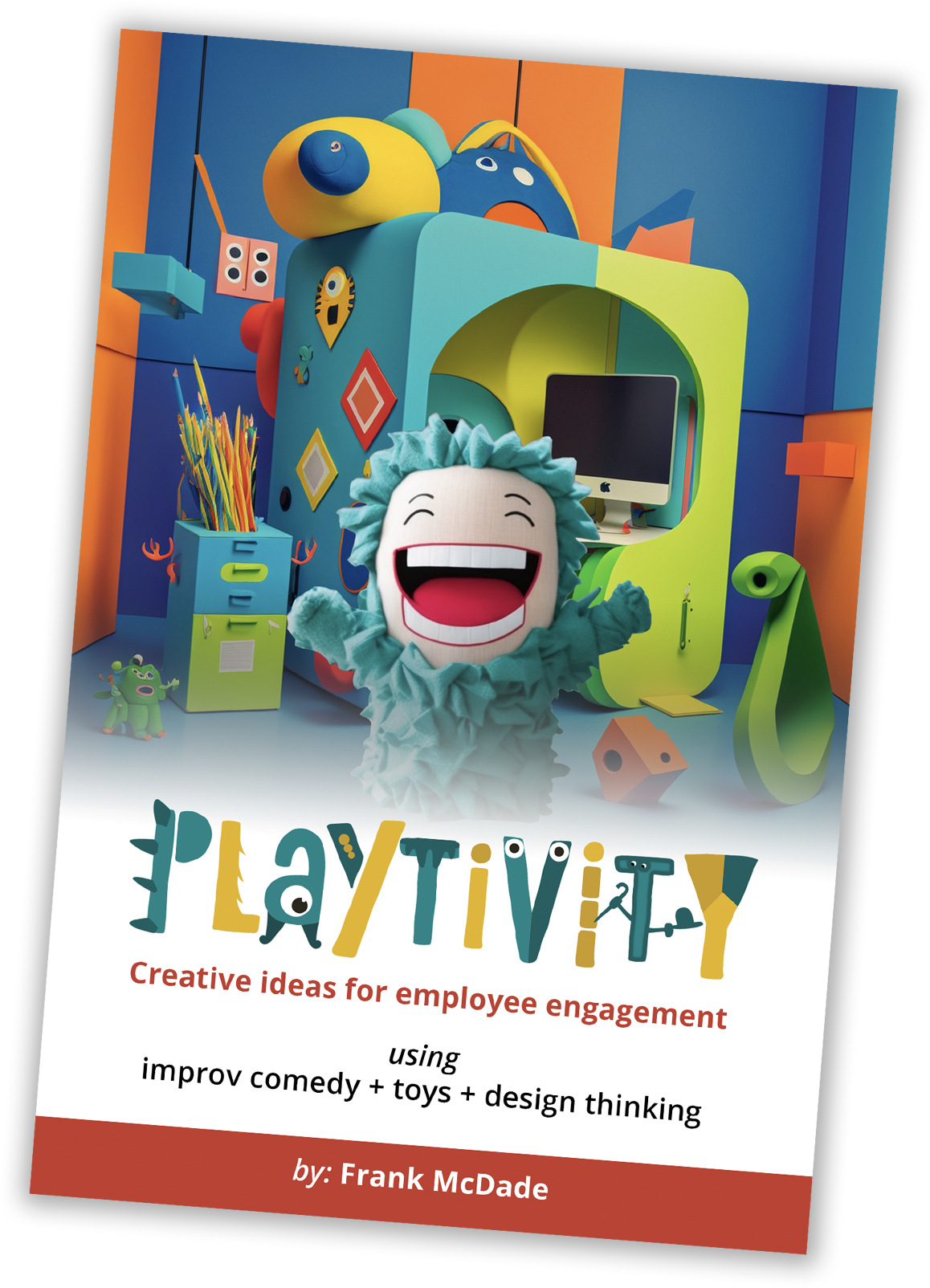Creating a puppet character is an art form, filled with purpose and meaning. In designing this unique persona, creators often discover pieces of themselves in their puppets. The beauty of puppetry lies in its ability to express complex emotions and messages in a playful, accessible way. Using puppets as a medium allows you to tap into childlike wonder while conveying depth and sincerity, crafting stories that resonate on many levels. Through these characters, puppeteers can bring both whimsy and truth to their art, leaving a lasting impact on both themselves and those watching.
Step 1: Crafting Your Puppet’s Identity
When creating a puppet character, start by developing a backstory that gives them life. Consider questions like:
- Where did they come from?
- What are their quirks, dreams, and fears?
- What motivates them?
These details, no matter how quirky, give the puppet depth and direction, allowing it to act, react, and evolve like a real character. You’ll want to keep adding layers to their identity. With each trait, the character becomes more real.
Step 2: Bringing the Puppet to Life
Once you have a fleshed-out character, bringing it to life is where the magic happens. The movement, voice, and interaction style are essential. Here’s how you can animate a puppet character to make them feel genuine:
- Movement: The way your puppet moves speaks volumes. Does it slouch when it’s sad? Does it gesture wildly when excited? Each physical choice reinforces its personality.
- Voice: Developing a unique voice is key. Perhaps the pigeon’s voice is slightly nasal and jittery, matching its anxious personality. The tone, pitch, and rhythm should reflect your character’s unique traits.
- Emotional Cues: Subtle gestures—a nod, a glance, or a head tilt—convey the puppet’s emotions. These cues allow audiences to connect, seeing the puppet as more than an object and rather as a character with an emotional arc.
Step 3: Channeling Yourself Through Your Puppet
The act of creating a puppet character allows for self-expression, often in ways that might feel impossible otherwise. Puppets can become safe spaces to explore personal emotions, share stories, and make statements, whether humorous, poignant, or serious. Many puppeteers find that they channel parts of themselves into their characters—perhaps the pigeon embodies a side of you that worries endlessly, or maybe it’s your bold, unabashedly quirky side.
Through the puppet’s monologues, you have the chance to “speak” as the character, revealing internal struggles, wishes, or secrets. This process often leads to a sense of catharsis for the puppeteer and can create a meaningful connection with the audience.
Why Puppetry is Unique
Puppetry brings depth and whimsy to storytelling, where characters can explore complex themes without losing their sense of fun. The puppet medium allows for a unique blend of self-expression and connection, where a character might make people laugh one minute and think deeply the next. Puppets let us share vulnerable parts of ourselves, wrapped in the charm and creativity of the puppet’s world.
By crafting, animating, and connecting with a puppet, you can explore new aspects of storytelling, building a bridge between imagination and personal expression. Through this process, puppets become far more than just objects; they become voices, personalities, and friends.
